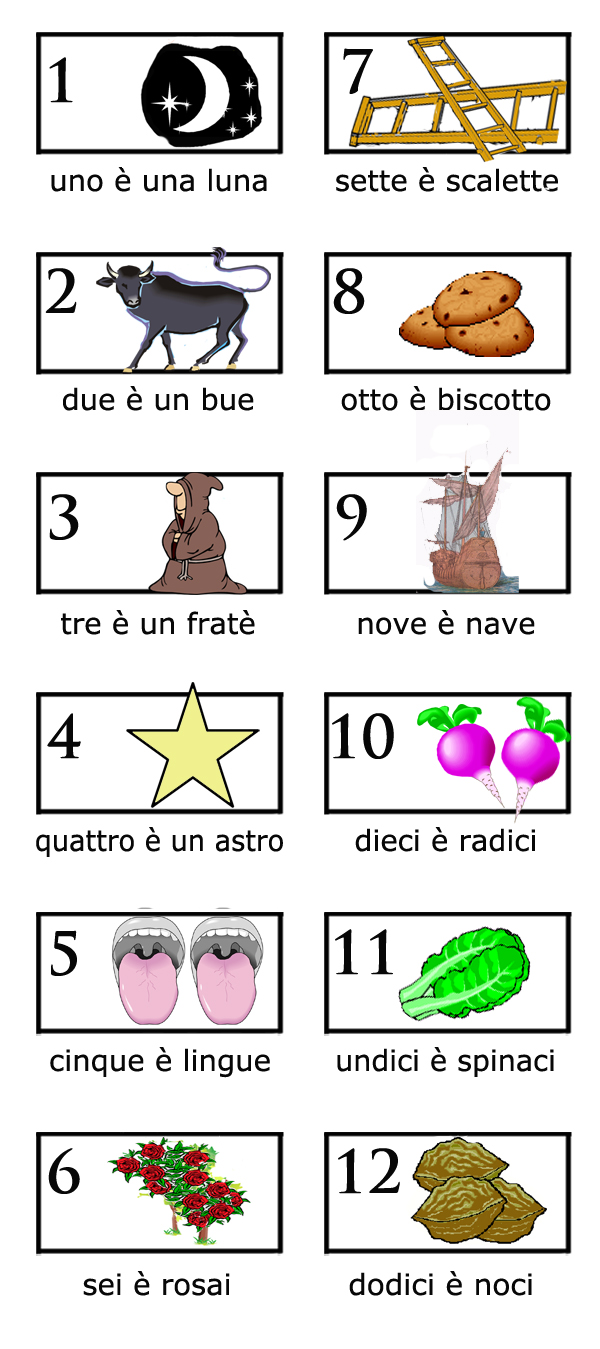There are many memory strategies that can be effective in improving your recall of text. However, recent research shows that it is simplistic to think that you can improve your remembering by applying any of these strategies to any text. Different strategies are effective with different types of text.
- Strategies
Everyday Strategies
- Lifestyle & Aging
Lifestyle
- Sleep & Circadian Rhythm
- Problems
Forgetting
Absentmindedness
Cognitive Impairment
- How Memory Works
Types of memory
Individual Differences
How the brain works
